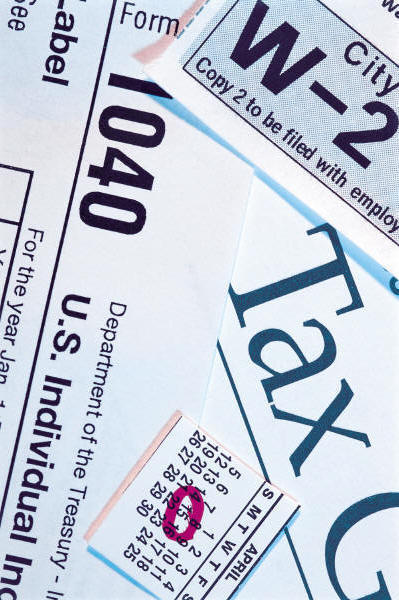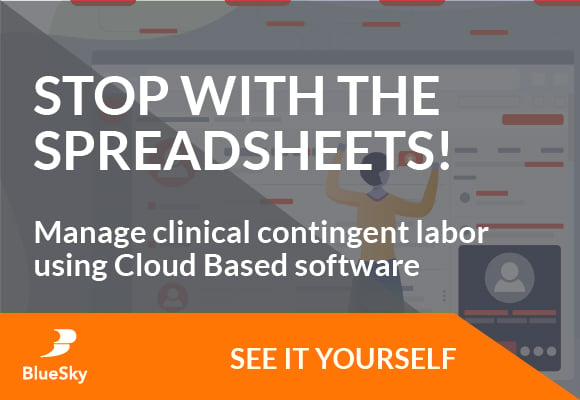 Most start-ups in the staffing industry are organized under the umbrella of an S-corp or an LLC. The reasons most opt for these choices rather than a C-corp are the single pass-through taxation applied to the S-Corp and LLC. Income from a C-corp. passed through to an individual is taxable to the recipient at individual rates, (Dividend income), and the income generated by the corporation is taxed at the corporate rate. This sets up the potential issue of the same dollars being taxed once at the corporate level, then again at the individual level. One other caveat of the C-corp is the requirement to file on an accrual accounting basis.
Most start-ups in the staffing industry are organized under the umbrella of an S-corp or an LLC. The reasons most opt for these choices rather than a C-corp are the single pass-through taxation applied to the S-Corp and LLC. Income from a C-corp. passed through to an individual is taxable to the recipient at individual rates, (Dividend income), and the income generated by the corporation is taxed at the corporate rate. This sets up the potential issue of the same dollars being taxed once at the corporate level, then again at the individual level. One other caveat of the C-corp is the requirement to file on an accrual accounting basis.
Unlike businesses that produce and manage some quantity of inventory at a designated cost, there are no assignable inventory assets on the balance sheet of a staffing company. This brings us to the difference in cash accounting versus accrual in the staffing industry. Accrual closely matches the timeframe of the expense with the timeframe of the income, whereas cash is a pure representation of receipts deposited, versus the outflow of expenses.
An example of this difference can easily be seen at the end of a fiscal year. Suppose December ends the fiscal year, and is also the largest billing month for a staffing firm. If only 10% of that billing month is actually collected within that month, then only that portion of the collected sales is taxable in that calendar year. For companies on a long growth curve, this pushes revenues increases in each subsequent year, delaying the tax for 11 months.
The ability to report on a cash basis is limited however, for smaller firms. Once a firm has averaged $5 million in revenues for three years, it no longer may file on a cash basis, but must report as accrual. Here is the actual wording from the IRS Publication 538.
“Gross receipts test. A corporation or partnership, other than a tax shelter, that meets the gross receipts test can generally use the cash method. A corporation or a partnership meets the test if, for each prior tax year beginning after 1985, its average annual gross receipts are $5 million or less.
An entity's average annual gross receipts for a prior tax year is determined by:
-
Adding the gross receipts for that tax year and the 2 preceding tax years; and
-
Dividing the total by 3.
See Gross receipts test for qualifying taxpayers, for more information. Generally, a partnership applies the test at the partnership level. Gross receipts for a short tax year are annualized.”




